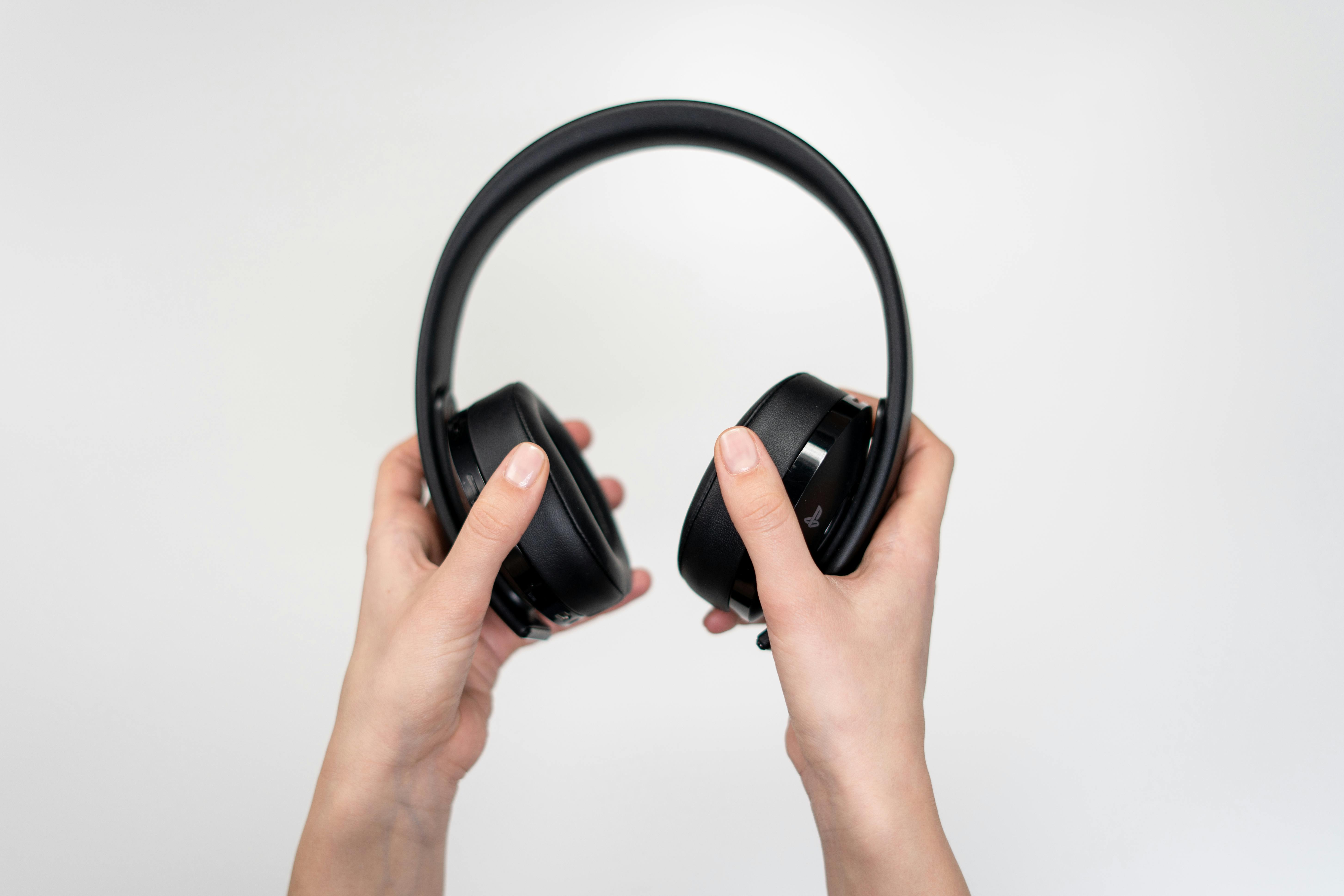Aerial photography refers to capturing shots with the help of an aerial camera. A radical change has been witnessed in the field of aerial photography during the course of more than 14 decades of its glorious history. Back in 1858, a French photographer named Gaspard-Félix Tournachon, for the first time, managed to carry out an Aerial Photography session with the help of a hot air balloon tied to a height of 80 meters. Unfortunately, none of those priceless shots have survived to this day. Two years later, in 1860, Samuel Archer King and Wallace Black captured Boston from a height of 2,000 feet. Fortunately, this aerial photo has survived, and it now goes by the name of Boston, as seen by the eagle and the wild goose.
Initially, Aerial Photography was done with the help of pigeons, kites, rockets, and balloons. In 1897, Alfred Nobel became the first human being in the world to capture an aerial photograph with the help of a rocket-mounted camera. Nine years later, in 1906, George Lawrence captured San Francisco before and after the infamous earthquake. Lawrence managed to pull off this aerial photography session with the help of a 49-pound camera mounted at an altitude of 2,000 feet with the help of a train of up to nine kites. LP Bonvillan, in 1908, captured the first aerial photography from an airplane. During World War I, detailed maps were prepared with the help of aerial photography.
Fortunately, it didn’t take long for professionals to make pigeons obsolete in this regard, but kites and balloons continued to be used to mount the camera at the desired height, and are still used by some professionals for the same purpose. However, manned aircraft and drones, these days, are the most popular aerial camera carriers.
Most professionals prefer drones to their manned counterparts due to the former’s ability to capture equally good shots without involving a huge amount of money.
The lighting conditions in the area that needs to be captured with the help of a drone must be perfect. In this context, ‘perfect’ refers to a reasonable light. Contrary to popular belief, too much sunlight is not healthy for drone photography. According to most professionals, the best time to take Drone Photography is just before sunset. The quality of the lens in question should be superlative as it invariably plays a vital role in deciding the fate of any and all aerial shots. It is strongly recommended to refrain from using drones for photography on rainy, snowy or windy days, no matter how advanced the drone in question is, as the results will almost always be disappointing.
Drones are popular not only because of their reasonable cost, but also because of their versatility. The duration for which a drone can stay airborne varies from model to model, and a drone comes with or without a built-in camera. So it’s always easy to find a drone that fits your needs, no matter how specific the need.
Gimbals are recommended for drone photography as they allow the camera mounted on the drone to capture stable images. These days, there’s no shortage of drones that can capture 4K footage and this is one of the reasons why the shots in question are detailed in nature.
These days, filmmakers from all over the world have started using drones to capture stunning footage that looks great on the big screen. So the reliance on ground cameras has now started to witness a decline in cinema which is not drastic but reasonable will not be a misnomer to use for the same. Such a decline is also being witnessed in many other fields.
One of the most important applications of Aerial Photography is in the field of Disaster Management. Drones can easily capture sharp images of any area that is difficult to access on foot. The same drones also facilitate rescue operations by capturing the areas badly affected by natural disasters such as earthquakes and floods. Drones, these days, are also being used to monitor the construction of any illegal structures to ensure that they can be demolished as soon as possible.
Most of the builders in all parts of the world have started using drones to find the most conducive sites to carry out the planned construction.
To take aerial photography anywhere in the world, you have to follow the guidelines set by the relevant authority and India is no exception to this fact.
The most important guidelines established by the Directorate General of Civil Aviation for the conduct of aerial photography in India are as follows:
1: A drone flying in India must stay in line of sight.
2: Drones in India are prohibited from flying in controlled airspace.
3: It is mandatory for all operators in India who want to fly a drone at/above 200ft above ground level in uncontrolled airspace to have a UAV Operator Permit issued by DGCA.
4: A drone flying in India must have a unique identification number issued by the DGCA.
Visit the official website of the General Directorate of Civil Aviation to find out in detail all the guidelines in question.
To conduct aerial photography in Australia, operators must have a certificate and license issued by the Civil Aviation Safety Authority. In Australia, drones weighing less than 2 kilograms can be used for commercial purposes.
In the United States of America, the Federal Aviation Administration only allows operators who are licensed pilots to fly a drone. Operators should always keep the drone in visual line of sight and ensure that everyone in the United States gets away with such operations unscathed. Visit the official website of the Federal Aviation Administration for detailed guidelines.
The UK is considering making reasonable laws for people wanting to take aerial photography, but as of now, there are only a few guidelines that need to be met in order to take them. Currently, anyone in the UK can buy and fly a drone that weighs less than 20 kilograms. The drone must always be in the visual line of sight which refers to the height of 400 meters. To fly a drone beyond the 400 meter mark, operators must have formal permission from the Civil Aviation Authority. The drone must maintain a distance of at least 150 meters from any area that is inundated with people. A drone in the UK cannot be used for commercial purposes. Visit the official website of the Civil Aviation Authority to know all the guidelines in detail.
In Ireland, operators must register all drones weighing more than 1kg with the Irish Aviation Authority. During flight, all drones in Ireland must always maintain a distance of at least 5 kilometers from each and every airfield. A drone is prohibited from flying in civilian airspace or military-controlled airspace. Visit the official website of the Irish Aviation Authority for all the guidelines in detail.
In India, aerial photography does not go back many years and is therefore not as popular as in some other parts of the world, but the awareness of this acclaimed method of capturing shots is now. spreading at a gradual pace. A considerable number of Indians have now realized that aerial photography is better than its terrestrial counterpart in many aspects and this is the reason why they are now more interested in the former than the latter.
Aerial photography is playing an important role in the growth of India’s tourism sector by enticing millions of people across the globe to visit a large number of monuments, shrines and many other tourist destinations in India at least once. The growth of the Indian real estate sector is also largely due to the impressive shots captured via drone-mounted cameras, as they have proven successful in luring potential buyers towards land that has been put up for grabs. the sale.
An impressive number of business houses across India have now started using the aerial images to advertise their products and services and are happy with the results.
Aerial photography in India is expected to witness an increase in the number of shooters in the future because the number of service providers in the concerned field is increasing and consequently the cost of aerial photography services is expected to increase. aerial photography is reduced to the point where most Indians will call it affordable. Currently, despite being interested, many Indians cannot afford to go for aerial photography.



